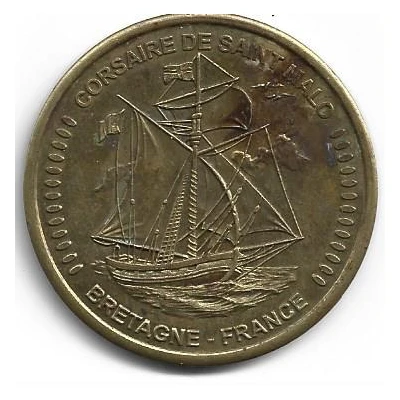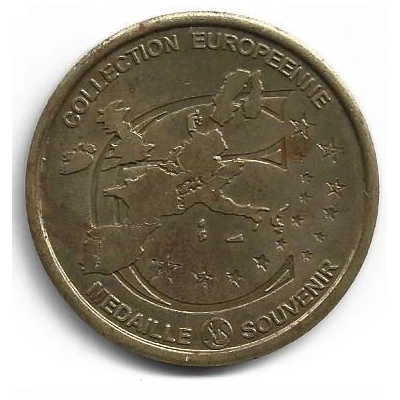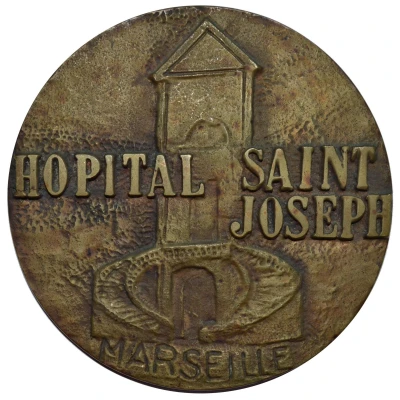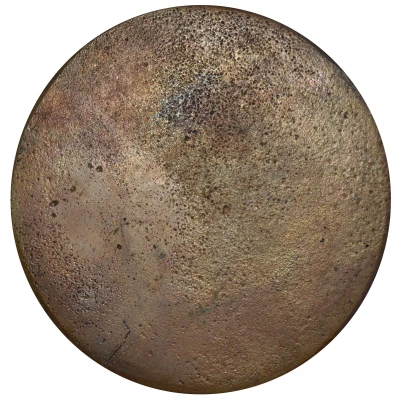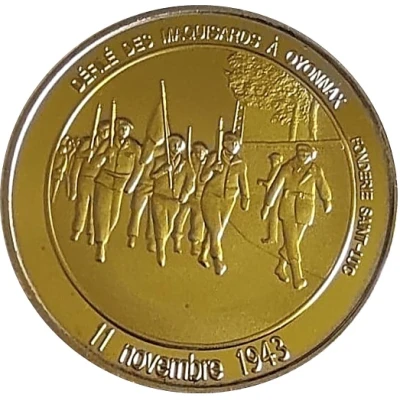
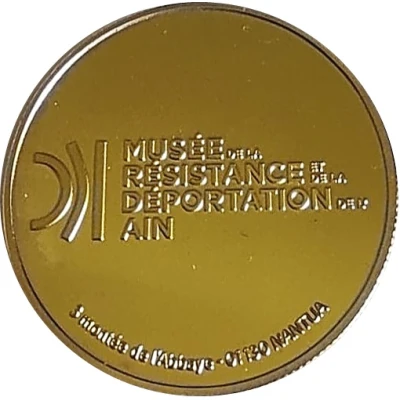

© fredbox01
Médaille - Fonderie Saint-Luc ND
| - | 12.84 g | 33.9 mm |
| Location | France |
|---|---|
| Issuing company | Saint Luc Foundry |
| Type | Medals › Souvenir medallions |
| Weight | 12.84 g |
| Diameter | 33.9 mm |
| Thickness | 2.2 mm |
| Shape | Round |
| Technique | Milled |
| Updated | 2024-11-12 |
| Numista | N#294112 |
|---|---|
| Rarity index | 97% |
Reverse
Museum logo.
Script: Latin
Lettering:
MUSÉE DE LA
RÉSISTANCE ET
DE LA
DÉPORTATION DE L'
AIN
3 montée de l'Abbaye - 01130 NANTUA
Edge
Reeded
Comment
Thanks to the history and atmosphere of the premises, and the richness and diversity of the collections, the museum vividly evokes the history of France during the Second World War, and the events that took place in the Ain and Haut-Jura regions in particular. https://fr.wikipedia.org/wiki/Mus%C3%A9e_d%C3%A9partemental_d%27Histoire_de_la_R%C3%A9sistance_et_de_la_D%C3%A9portation_de_l%27Ain_et_du_Haut-JuraThe November 11, 1943 parade in Oyonnax is one of the most emblematic actions in the history of the Ain and Haut-Jura maquis and the French Resistance. During the Second World War, when the government of Marshal Philippe Pétain banned all ceremonies commemorating the 1918 armistice, the maquis leaders decided to ignore the ban and organize a parade through the streets of Oyonnax, in the occupied zone. The maquis suffered reprisals, and the town's mayor and one of his deputies were subsequently shot. The event was quickly publicized, notably on December 31, 1943 in a forged issue of Le Nouvelliste. The Anglo-Saxon press relayed the information, while Emmanuel d'Astier de La Vigerie himself informed Winston Churchill. It was this parade that convinced him of the need to arm the French Resistance.
After the war, Oyonnax was awarded the Resistance medal, which appears under its coat of arms. https://fr.wikipedia.org/wiki/D%C3%A9fil%C3%A9_du_11_novembre_1943_%C3%A0_Oyonnax
